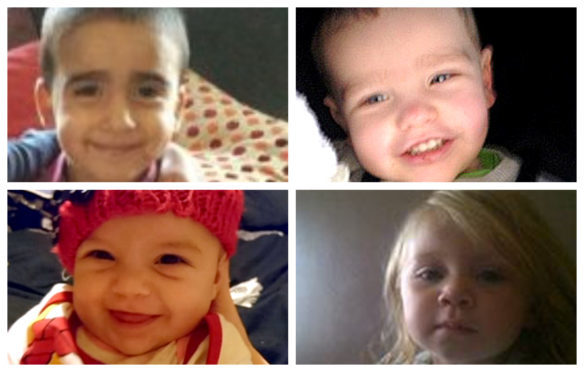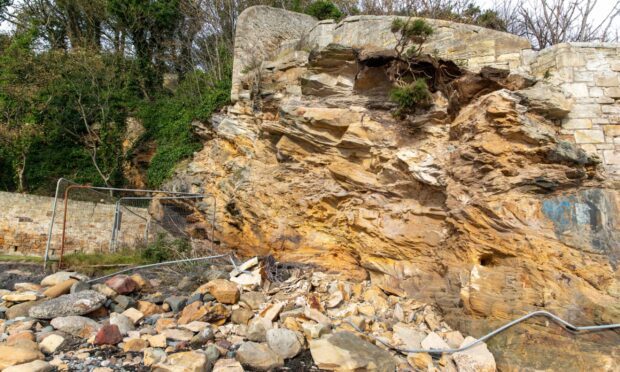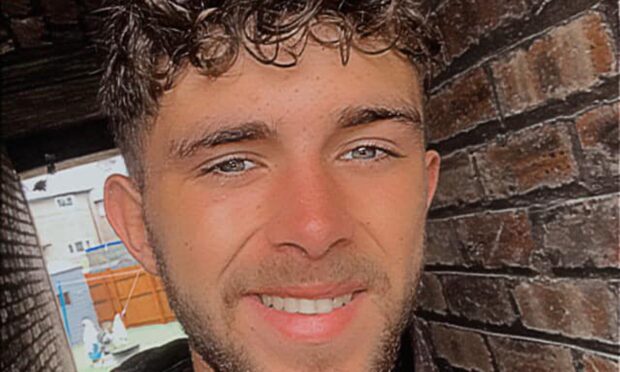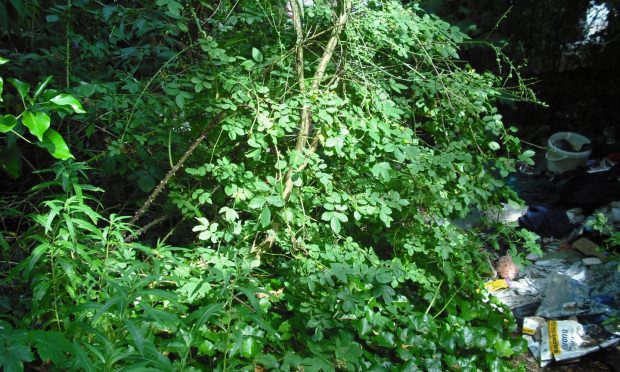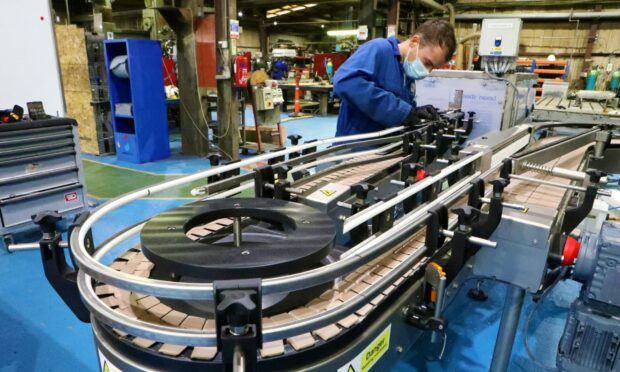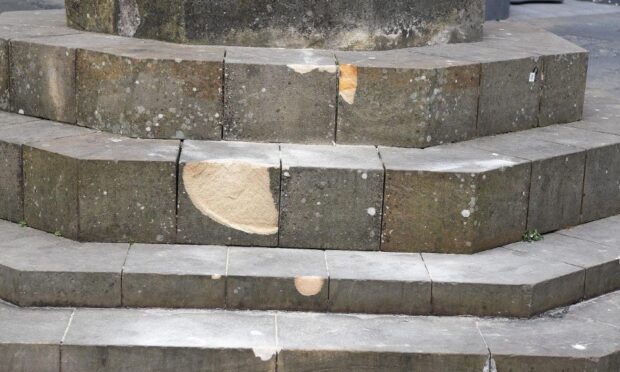Children’s services in Fife must improve their response when families are affected by the “toxic trio” of domestic abuse, mental ill-health and substance misuse, an investigation has found.
The Care Inspectorate’s latest inspection into multiple agencies responsible for child protection in the region identified a number of strengths and weaknesses, amid the continuing fallout from significant case reviews into three child killings in the space of four months in 2014.
Fife Council, the Scottish Children’s Reporter Administration, Police Scotland, the Scottish Fire and Rescue Service and Fife’s Health and Social Care Partnership were all put under the spotlight.
Three-year-old Mikaeel Kular and two-year-olds Liam Fee and Madison Horn had all been on the radar of social work when they died five years ago.
Another tragedy followed in February 2016, when five month old Hayley Davidson was shaken to death.
Inspectors have since evaluated Fife’s provision as “good” in their latest report, fourth on a six-point scale ranging from “unsatisfactory” to “excellent”, although partners have been told there is room to improve responses when children and young people experience neglect or repeated instances of harm.
More consistency in the quality of assessments is needed, while partners have also been urged to free up more resources to improve the time taken to carry out health needs assessments in pre-school children when they become “looked after”.
However, partners were praised for their “robust and effective” pre-birth planning processes, which have been ensuring vulnerable pregnant women are getting the right help and support at an early age.
Strong partnership working and a “culture of learning” were also points worthy of commendation, as were the wide range of flexible and responsive therapeutic services available to young people recovering from abuse and trauma, and the “nurturing” care given by staff and carers for young people in care placements.
Alan Small, independent chairman of Fife’s child protection committee, described the tone of the report as “very encouraging”, but conceded there was more work to be done.
“We have to see all of this in the context of child poverty, which can have a massive impact on mental health and instances of domestic abuse,” he said.
“So there’s nothing really in this report that is of any surprise but I think the tone of it reads very well.”
Mr Small added that Fife was just the second area in Scotland to be inspected under a new format, suggesting it was almost impossible to compare like-for-like.
The wide-ranging inspection, which took place between October and November, included extensive consultation with staff across all services, along with children and families who use children’s services.
Fife is said to be particularly challenging due to the sharp contrasts that exist across the region, with 14% of Fife residents said to live in the most deprived areas in Scotland while others are relatively affluent.
As many as 17,673 children in Fife are estimated to be growing up in poverty after household costs – almost a quarter of the child population.
Councillors on Fife’s education and children’s services committee raised question marks over inspectors’ mention of freeing up capacity, and Chris Moir, acting head of service, stressed any future budget cuts could cause problems.
“The increase in staffing the council agreed for 2015 in social work had an almost immediate impact in terms of being able to go out and visit families,” she said.
But she warned: “If we were to have fewer staff, that would certainly have an impact on caseloads.”
